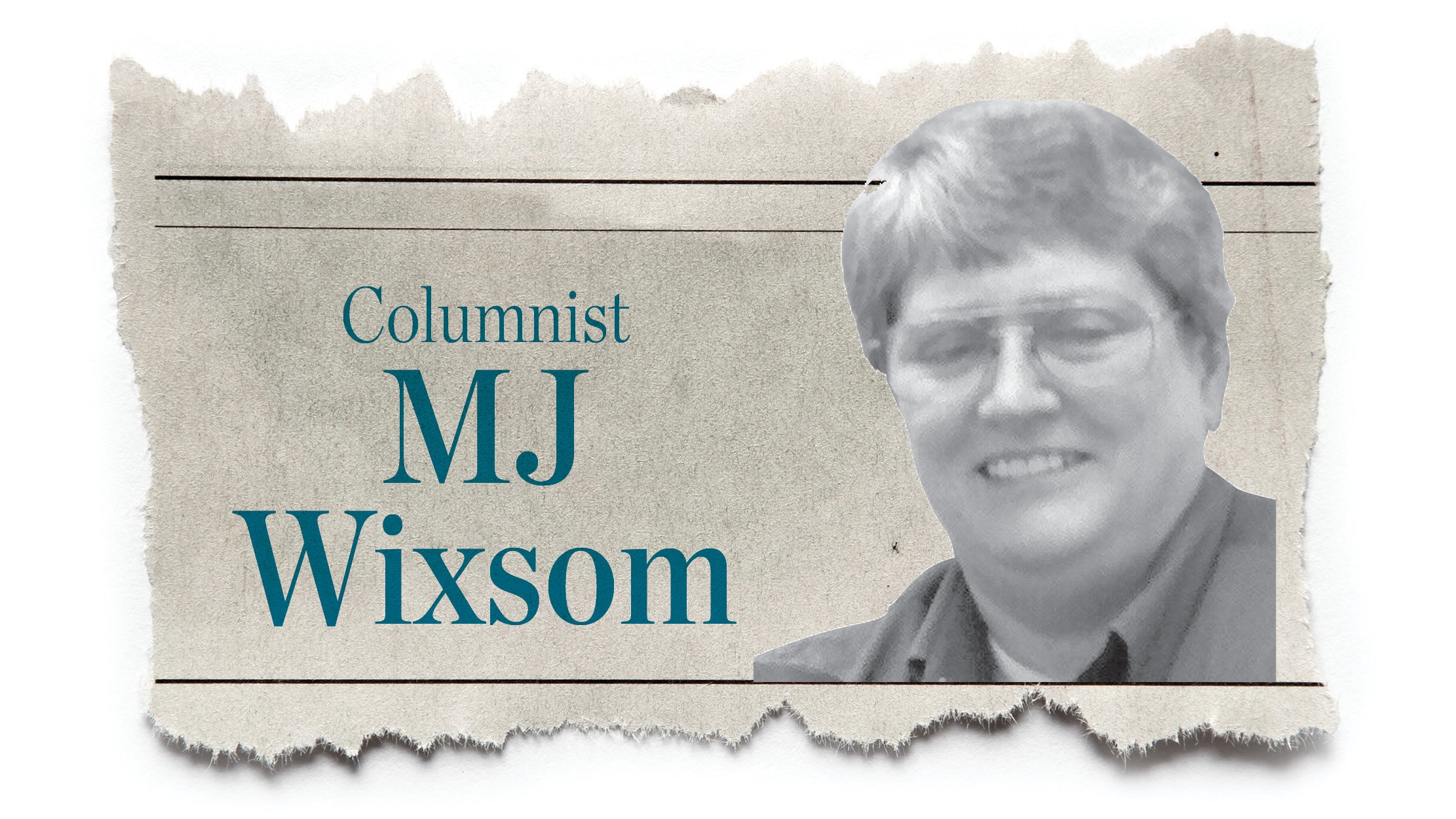High court holds Ohio’s purse strings
Published 10:13 am Wednesday, August 19, 2009
Ohio’s next budget balancing battle will take place not in the halls of the Legislature, but a city block away at the Ohio Supreme Court.
There, justices are poised to decide a handful of cases yet this year with ramifications for the state’s finances — and their own political futures.
The most high-profile case will be Democratic Gov. Ted Strickland’s racetrack slots plan, which allows the Ohio Lottery to oversee video slots terminals housed at seven horse racing facilities in hopes of raising an estimated $933 million for education over the next two years.
LetOhioVote.org, a three-member ballot committee, has asked the court to allow it to place the plan before voters.
A ruling in the committee’s favor could jeopardize the nearly $1 billion already written into the $50.5 billion, two-year state operating budget for schools.
How the all-Republican court comes down on the hotly debated gambling question could play a role in upcoming elections. Justices Judith Ann Lanzinger and Paul Pfeifer are up for re-election next year, and the seat of retiring Chief Justice Thomas Moyer will also be up for grabs. Justices Robert Cupp and Terrence O’Donnell face re-election soon afterward, in the presidential election year 2012.
The court is scheduled to hear oral arguments in the slots case on Sept. 2, a day after taking up another case with both budget and political implications.
The Ohio Grocers Association has challenged the constitutionality of applying the recently created commercial activities tax, or CAT, to their industry.
The industry portrays it as a violation of the state Constitution’s prohibition on taxing food. The state, meanwhile, argues the CAT is being applied to overall gross receipts of grocery businesses no differently than it’s applied to other businesses.
The outcome of the case could have immediate budget ramifications: The CAT tax on grocery food was expected to generate $188 million a year once fully phased in beginning next year.
And in a state that has hosted some historically nasty high court political campaigns, one can already imagine the TV ads on behalf of their Democratic challengers portraying incumbent GOP justices as favoring higher taxes on food at the height of a recession. But the task of filling the resulting budget hole will fall to Strickland as he also seeks re-election.
Naturally, justices are supposed to act independently of either the political or policy implications of the rulings, deciding cases based on the letter of the law. Up the block at the Statehouse, however, those concerns are paramount.
Fears are already brewing that a decision in favor of the grocers could have an impact beyond just one industry, opening the door to other CAT challenges.
The tax was introduced in 2005 as part of an overhaul of Ohio’s tax laws aimed at replacing a patchwork of cumbersome business taxes with a single, evenly applied tax on business revenue.
During the budget debate earlier this year, however, the Ohio Petroleum Council threatened legal action in the Supreme Court over its treatment under the CAT. A tax break they sought unsuccessfully to have included in the budget would have exempted fuel distributors from CAT payments when they swap gasoline to ship it more efficiently. The transactions yield an estimated $20 million a year for the state.
Unequal tax treatment is also the subject of a legal protest by satellite TV providers that the justices heard earlier this year and are poised to decide soon.
The satellite companies argue they were subjected to a new fee in 2003 that treats them differently than their competitors in the cable industry.
A loss in that case could mean a loss to the state of $44 million a year it is collecting in satellite sales taxes. It probably would also be required to return taxes it has already collected from satellite consumers since the fee was imposed — blowing yet another hole in the already suffering state budget.
Among all four cases, the court holds $718 million a year in estimated revenue — more than $1.4 billion over the two-year budget — in the balance. That’s less than 3 percent of the entire budget, but more than any politician wants to have to be responsible for, especially in an election year.
ulie Carr Smyth is a correspondent for the Ohio Associated Press.


